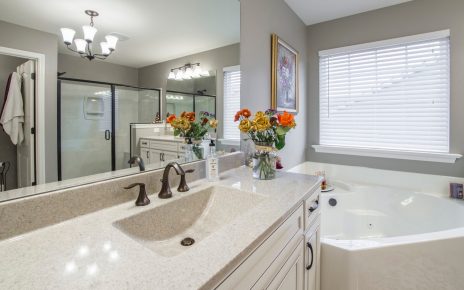Before starting to do decoration work on the floor and walls, it is important to ask the owner to know what we can do and what not. Paints, coatings, etc.. Let him all the questions you want at the time of signing the lease.
Decorate walls only if:
> You use neutral paint: white, cream, satin, etc. and its variants.
These shades are simple and add light, also highlight any decor. The good news is that it can paint all the walls of the home without the permission of the owner, especially if the paint is old and the colors have been damaged.> Forget the garish colors that could hinder the subletting of the house or talk it over with the owner. If the temptation is too great, go for the stickers. You stick them on any surface and take off in a second.
> The same for wallpapers. You can put all you want, provided they are discreet. So do not get mad too eccentric for the reasons it should please the vast majority and most of all tenants who will come after you.
Do not change the layout of rooms
In terms of distribution can not do anything. The shape of the housing can not be changed. So strictly prohibited divide space or enlarge a room. If you want to throw a wall, before you have to talk to the landlord to see if you agree. There are some who allow only minor modifications. But others can carry out major works.
Do not glue anything on the ground
The parquet make some noise or gray carpet is ugly does not mean we can get rid of them. Although there are owners who accept tenants change the flooring, not all do. For reforms of this kind is better to have your consent and if it can be written, much better.
Choose one type of carpet that overlaps the former without glue, so you can choose the color you want. But you can always reasons or upholstered with a unique color, something for all tastes and sizes.
If you do not like the color of the tiles and you want to change, once again, you have the agreement of the owner.
Make a written agreement
Usually, if you believe that changes in the floor or walls are to be meaningful it is best put in writing in a document to be signed by both parties and provided the owner has given you consent in advance. This will avoid conflicts at the time of analyzing the state in which the floor is when you go.





